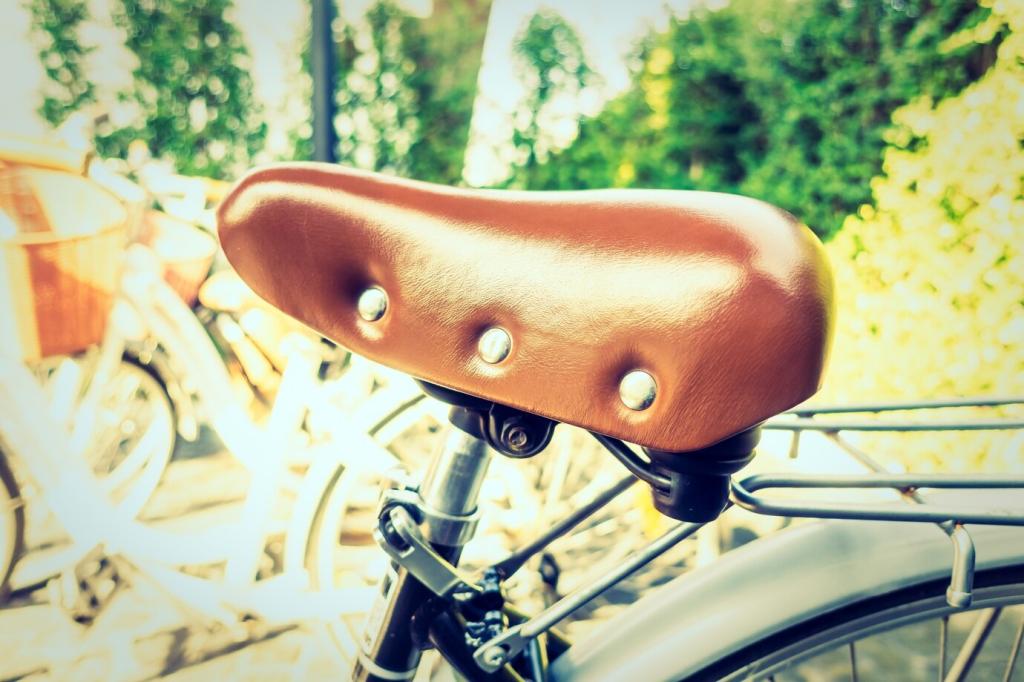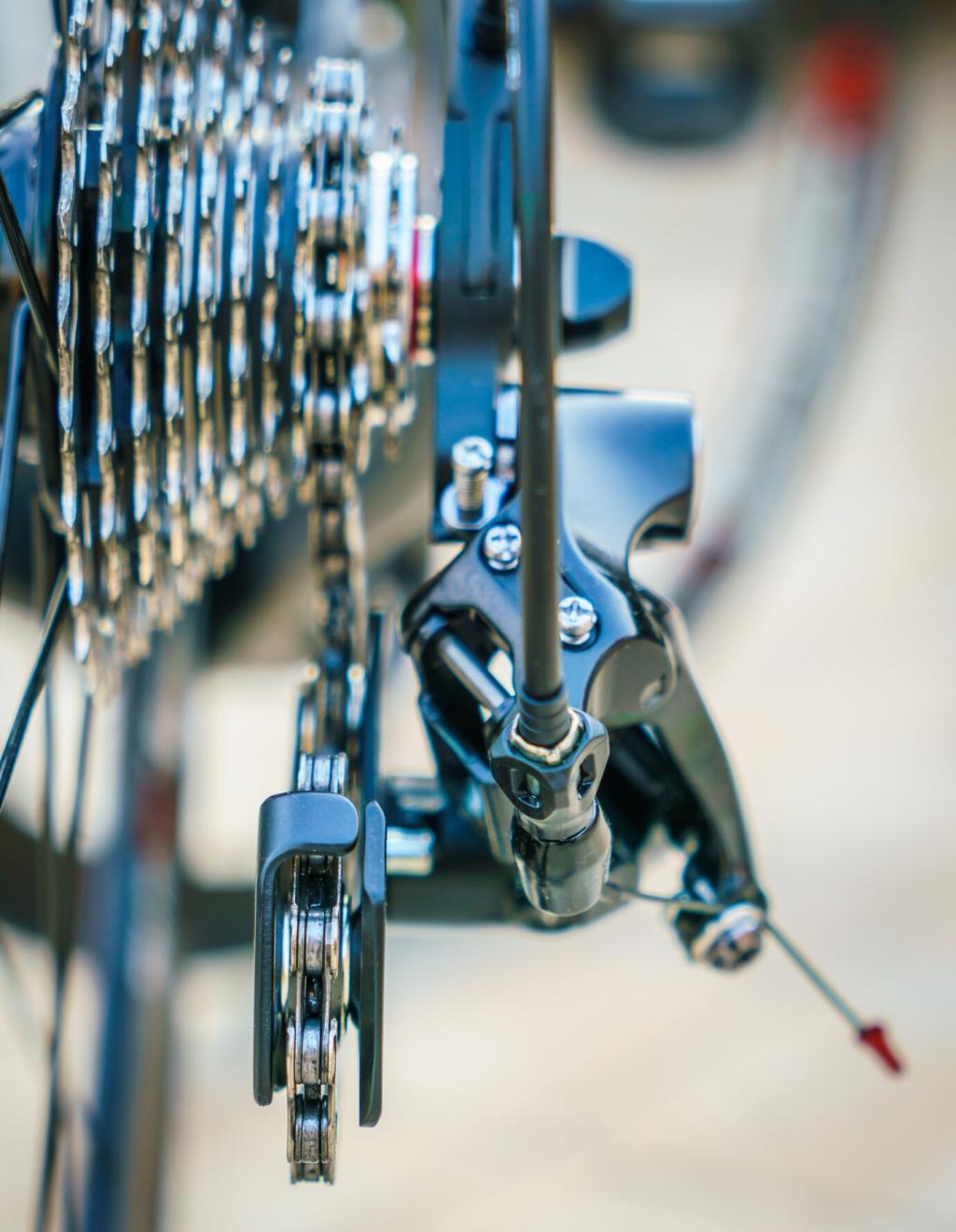Fit and Retention: Comfort That Holds On
Use a soft tailor’s tape above your eyebrows and ears, keeping it horizontal as you circle your head. Compare to the brand’s size chart rather than guessing by small, medium, or large. If you’ve found sizing differs between brands, share your experience so others can avoid returns and ride sooner.
Fit and Retention: Comfort That Holds On
Modern helmets use rear dials and cradles with vertical and lateral adjustments, hugging the occipital bone to prevent rocking. Fine-tune before riding, then recheck mid-ride as sweat and temperature changes affect fit. What retention systems have stayed comfortable during long climbs yet locked in for rowdy downhills?







